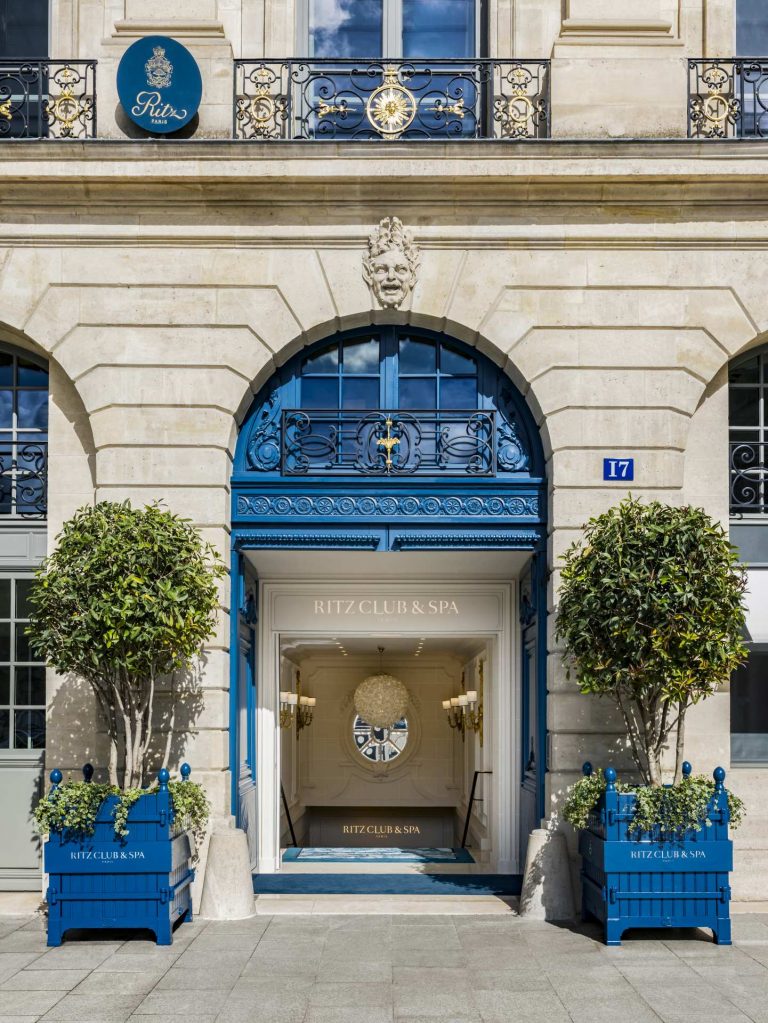How porcelain aestheticized the hunt — a beloved Russian pastime.
Classical Russian sighthound hunting has always been a cultural phenomenon of estate life. So many rules and rituals developed around it that the catch itself became secondary — the main focus was the spectacle, almost theatrical in nature. The hunting attire of the aristocracy alone — especially women’s — was something to behold. To ride in a sidesaddle, women wore specially tailored “amazone” dresses: with the saddle featuring two pommels and a single stirrup on the left, they sat sideways, which meant the skirt had to be asymmetrical! Field conditions — yet everything was velvet, satin, white lace cuffs, and veils. Specially trained horses and entire packs of dogs were kept for the hunt. Hounds in the pack were selected not only for their working abilities but also for their voices — the resulting “choir” was a source of great pride for the owner. A specialized vocabulary even emerged — linguists have identified at least 500 terms in the traditional Russian hunting lexicon. For example, different animals had their own unique word for “tail”: a hound’s tail was called a “gon” (literally “run”), a sighthound’s — a “pravilo” (meaning “straight edge”), a pointer’s — a “prut” (“rod”) or “pero” (“feather”), a wolf’s — a “poleno” (“log”), a fox’s — a “truba” (“pipe”), and a hare’s — a “tsvetok” (“flower”) or “pykh” (an onomatopoeic word suggesting a puff or fluff of movement).
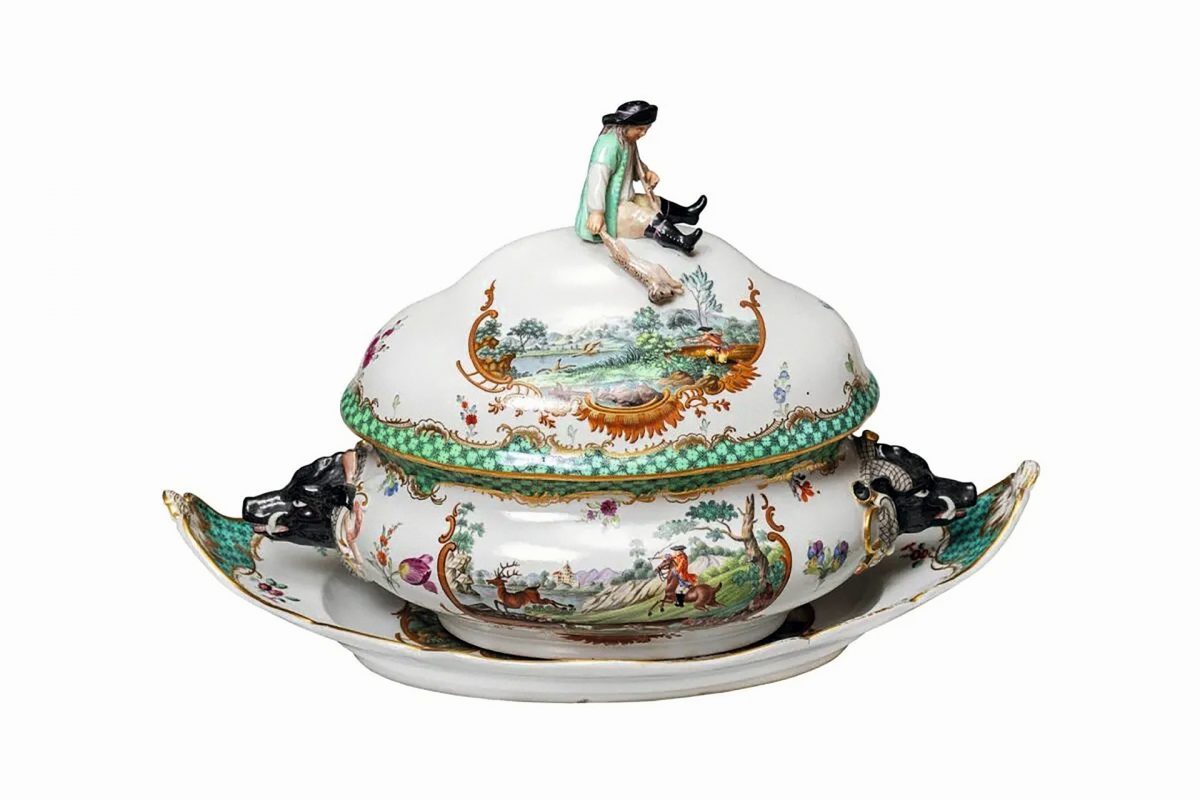
And of course, once the “active” phase of the hunt was over, time was always set aside for a grand feast. It’s no surprise that tableware featuring hunting motifs gained particular popularity, becoming that elegant finishing touch that turns an ordinary dinner into the aesthetic culmination of the entire event. After all, the genre scenes depicted on plates, decanters, and cups offered a perfect excuse to recall and relive the most memorable moments of the day.
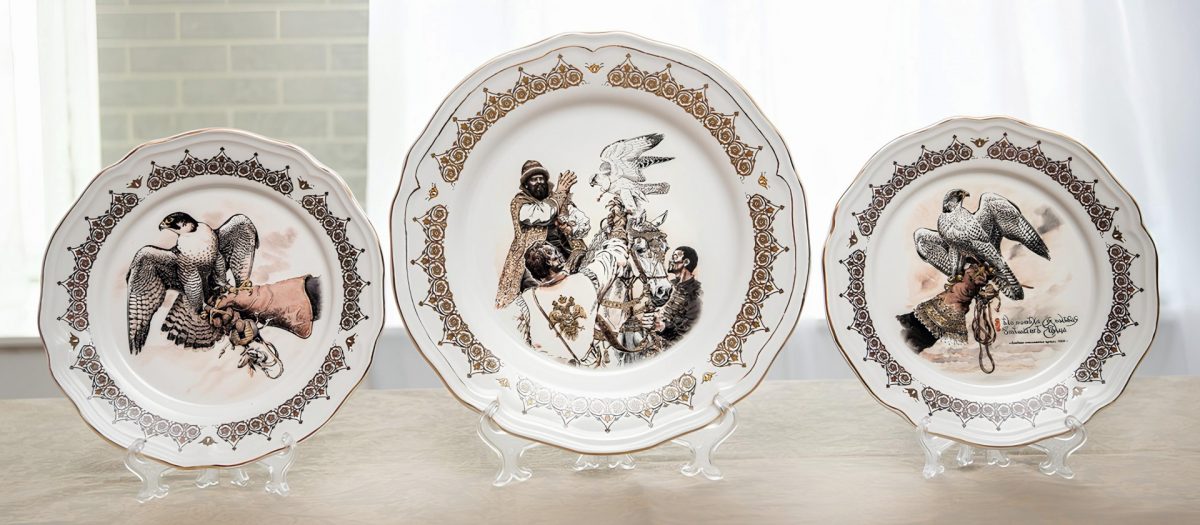
Among the Russian nobility, it was Catherine the Great who set the trend for “hunting” tableware by commissioning a luxurious service from the Meissen porcelain manufactory as a gift for her favorite, Grigory Orlov. The grand tableware set, comprising over a thousand pieces, featured painted scenes borrowed from engravings by the German artist Johann Ridinger. It became the largest porcelain service of the 18th century and has survived only in fragments, now housed in several museums. Porcelain factories in Germany, France, the United Kingdom, and the Czech Republic produced such items in large quantities. Many of them have preserved their historical sketches and continue to produce luxury “hunting” collections to this day.
Porcelain production in Russia also has a rich history dating back to the mid-18th century. After the revolution, however, the themes of porcelain painting understandably shifted — propaganda imagery on plates became the dominant style. But in the 21st century, interest in historical motifs has begun to return — including hunting themes.
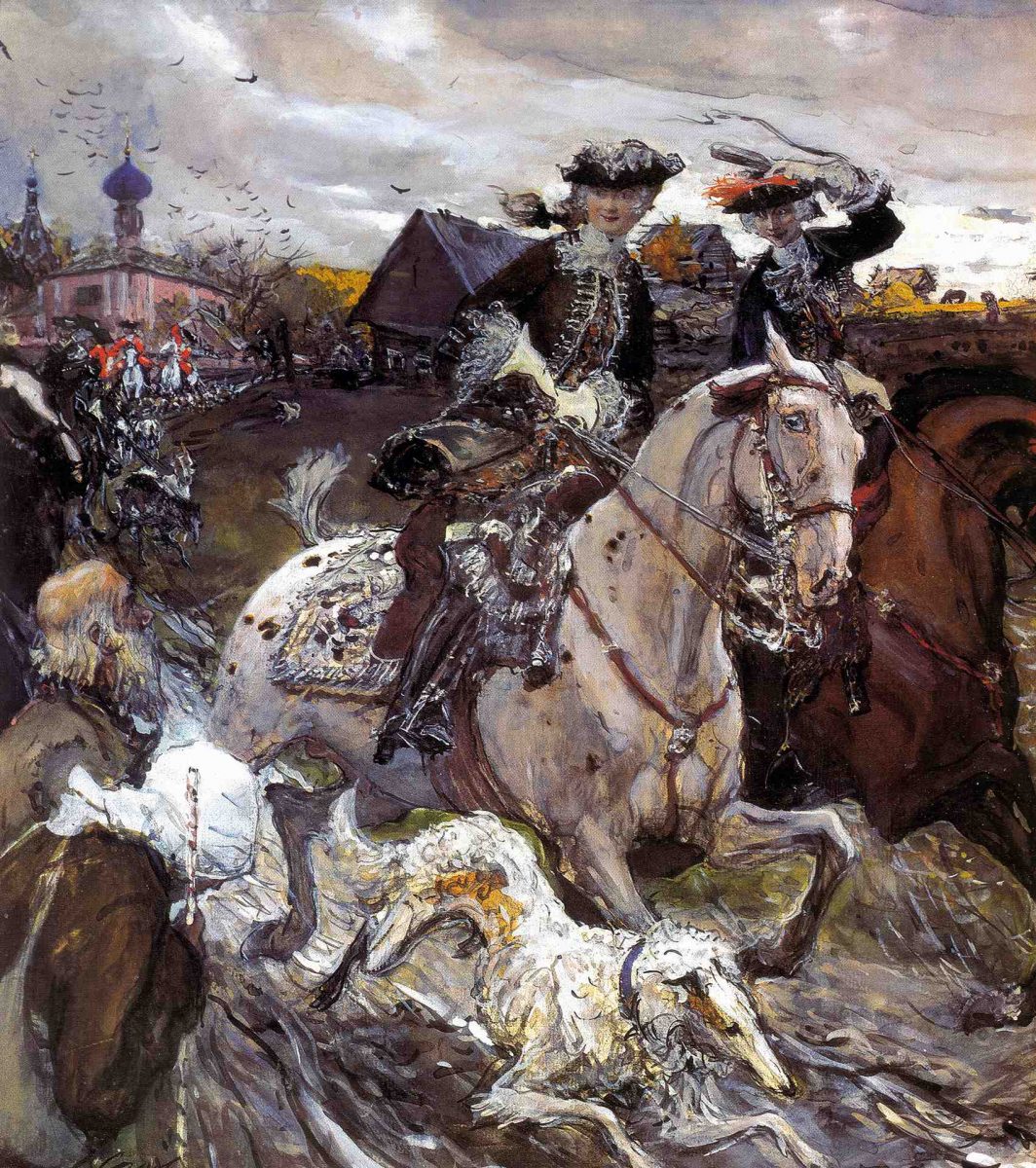
What’s especially encouraging is that the revival of this cultural heritage is being carried out not only by major institutions like the Imperial Porcelain Factory and Manufacture Gardner in Verbilki but also by emerging manufacturers. For instance, the Pavlovo Posad Ceramic Manufactory, which brings together the traditions of ceramic production from the eastern Moscow region and the unique artistic heritage of Pavlovo Posad (famous for its iconic shawls), has made depictions of nature and hunting one of its main areas of focus. It’s understandable that not everyone today would want to see lavishly gilded plates with ornate designs from two centuries ago on their dining table. That’s why, alongside classical scenes rendered in the 19th-century pictorial style, the tableware also features contemporary artwork with “portraits” of animals. There are also finely executed, subtle stylizations — for example, decorative plates by wildlife artist Vadim Gorbatov, depicting historical scenes of falconry during the time of Tsar Alexei Mikhailovich, have been acquired by the Darwin Museum for its collection.
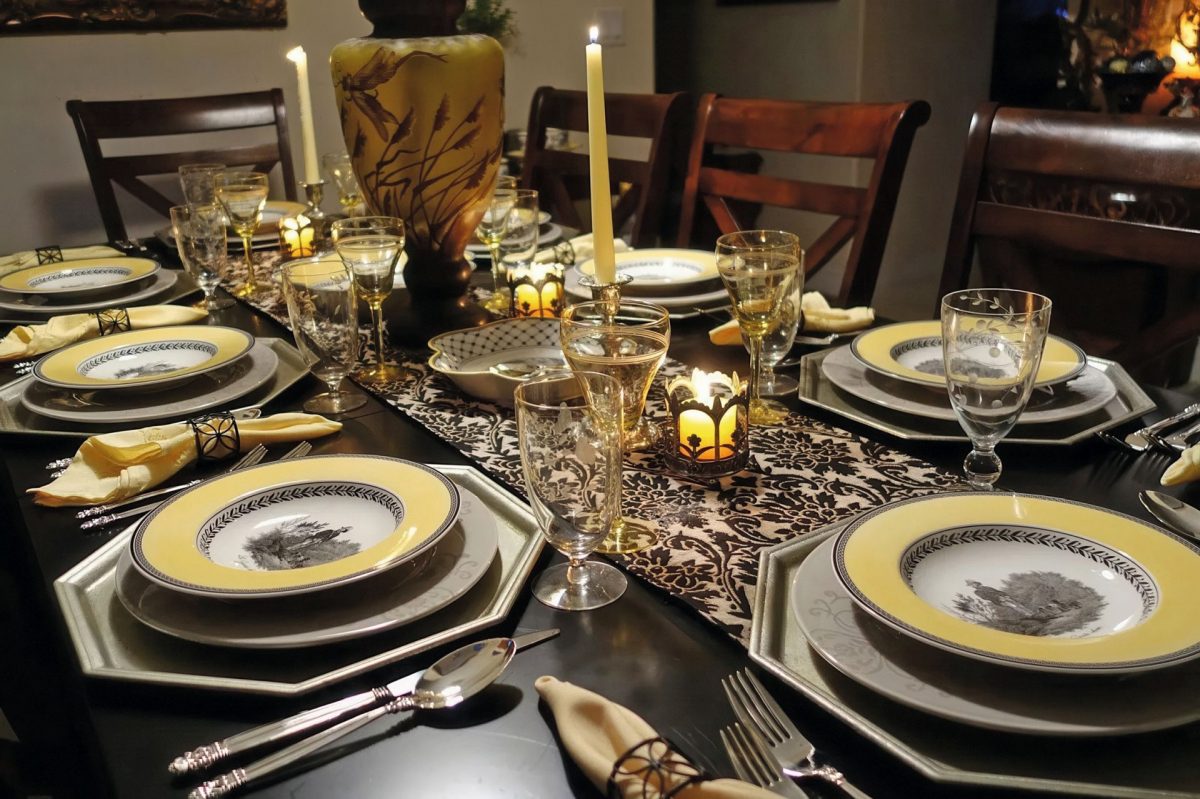
The most important thing is that the tradition lives on. Fortunately, horseback and sighthound hunting today has evolved into a costumed tradition, where no animals are harmed and artificial lures take the place of real prey. And as long as the aesthetics of this noble tradition continue to resonate with and appeal to many, “hunting” porcelain will remain a timeless classic.
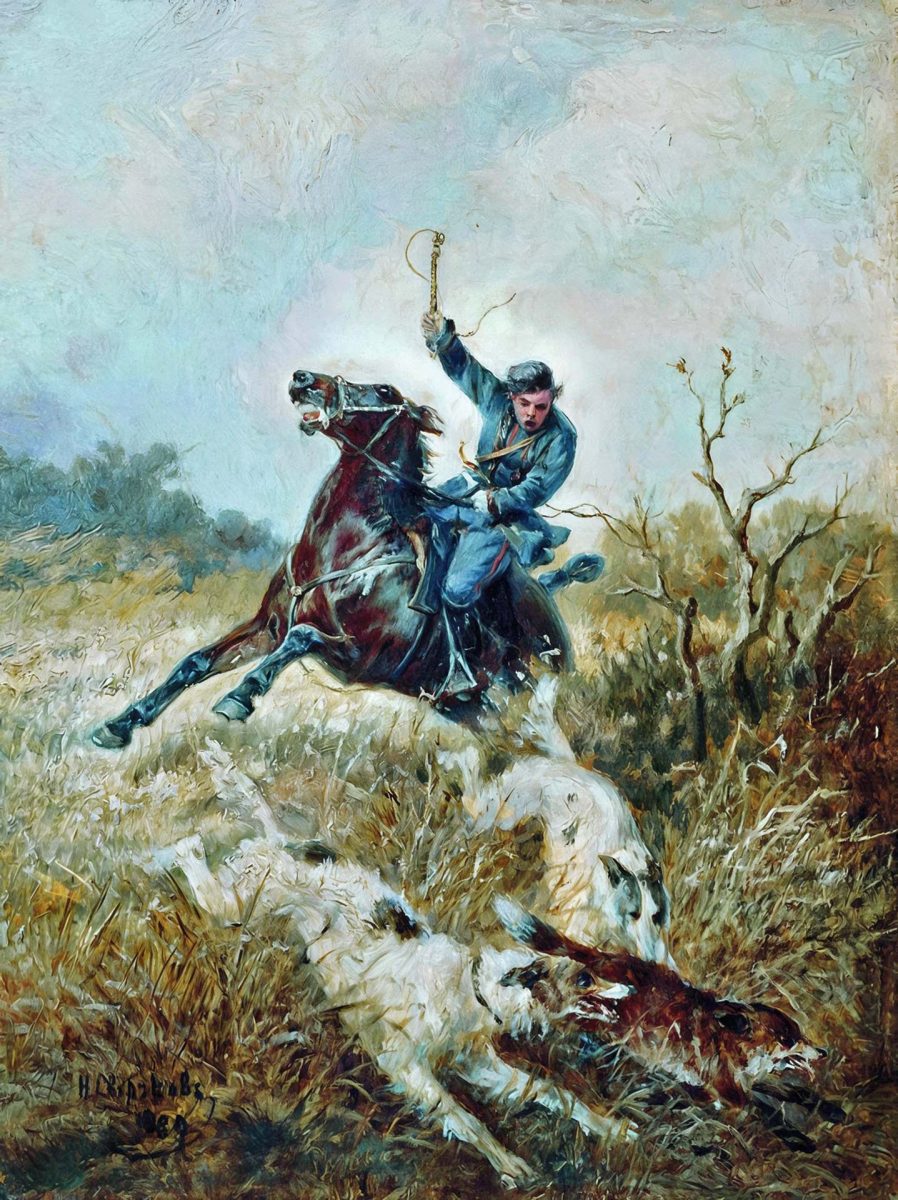
Photo: press-office, Vostock Photo

